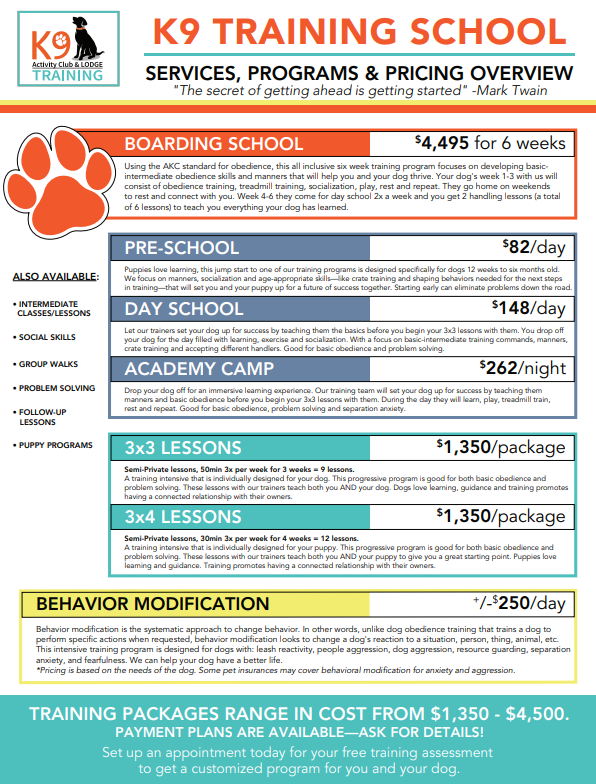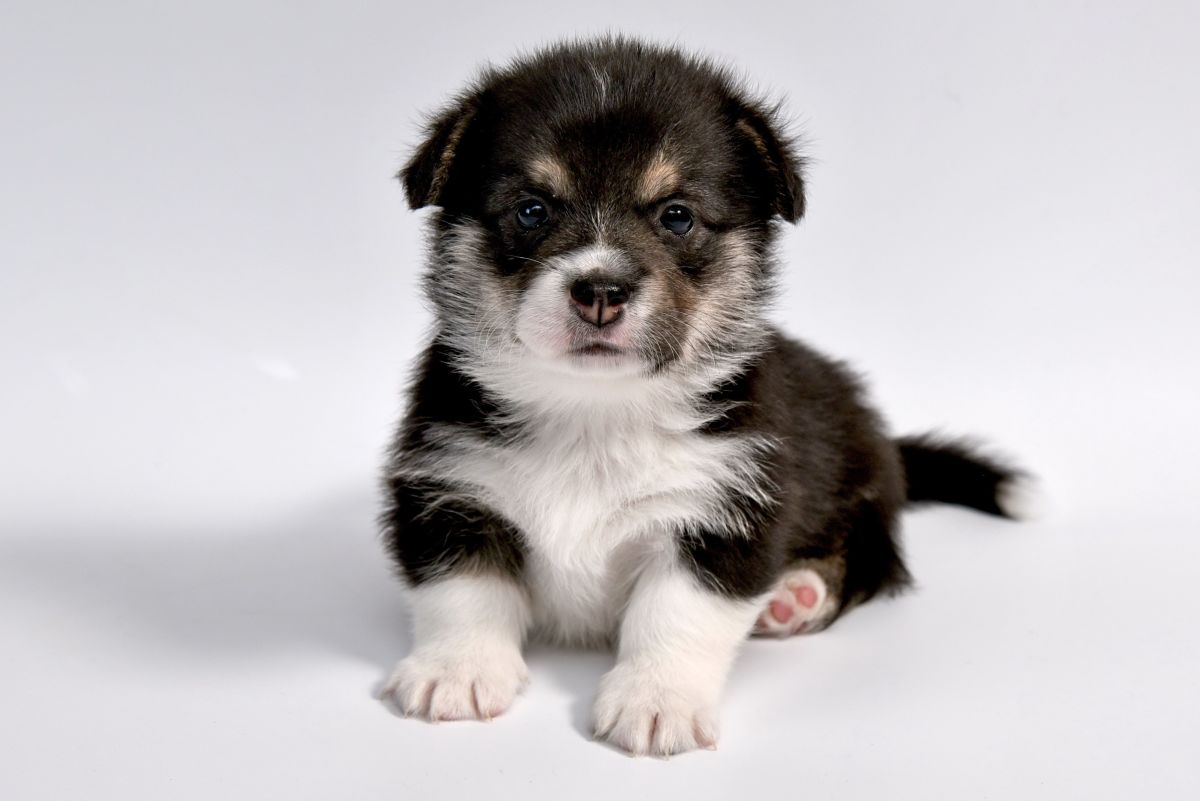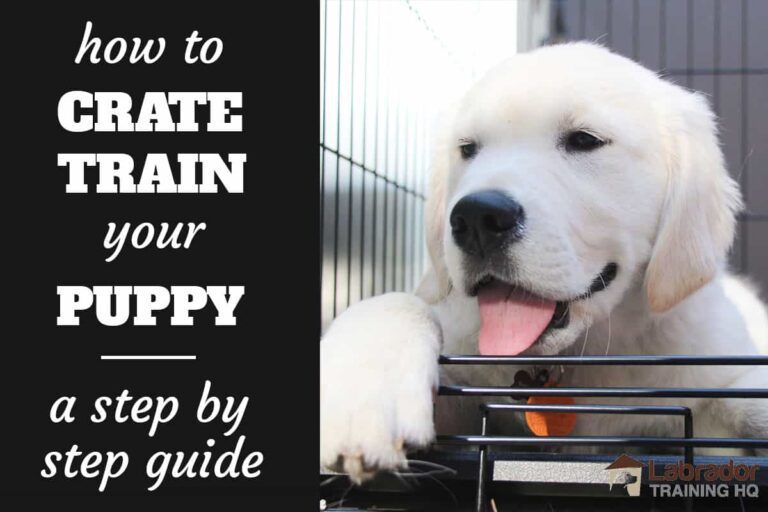In just seven simple steps, you can effectively crate-train your puppy and discover a simple secret to make the process easier. Crate training your puppy at night involves finding the right spot for the box, avoiding food and water before bedtime, wearing your puppy out, going outside before bed, refraining from playing with your puppy at night, waking up before your puppy, and being consistent and patient.
Following these steps, you can successfully crate-train your puppy and establish a safe and secure environment for them to sleep in.

Benefits Of Crate Training Your Puppy
Crate training your puppy has numerous benefits, and with these seven steps, you can easily and quickly crate-train them. Follow this simple secret to create a cozy and safe space for your puppy to relax and feel secure in.
Safety And Security
Crate training provides a safe and secure environment for your puppy. Just like a den is a safe place for wolves in the wild, a crate serves as a den for your puppy, giving them a sense of security. It becomes their personal space to relax, sleep, and feel protected. By providing this space, you can ensure their safety by preventing them from wandering around unsupervised and potentially coming into contact with hazardous objects or substances.
Potty Training Assistance
One of the most significant benefits of crate training your puppy is its assistance in potty training. Dogs naturally avoid soiling their sleeping area, and by confining them to a box, you encourage them to hold their bladder and bowels. This helps establish a routine for regular bathroom breaks and gradually teaches them to eliminate outside.
Preventing Destructive Behavior
Crate training can help prevent destructive behavior in puppies. When left unsupervised, puppies may chew on furniture, shoes, or other belongings. By crate training them, you create a controlled environment where they cannot engage in destructive behavior. With regular crate time, you can redirect their energy towards appropriate chew toys and prevent them from developing bad habits.

Steps To Crate Train Your Puppy
Discover the seven simple steps to crate train your puppy and a secret tip to ensure a smooth and successful training process. From finding the right spot for the crate to being consistent and patient, this guide will help you train your puppy effectively.
Crate training is essential to puppy training, providing them with a safe and secure space that feels like their den. It helps in toilet training, preventing destructive behavior, and ensuring the overall well-being of your furry friend. Follow these seven steps to train your puppy effectively and make it a positive experience.
Introduce The Crate
The first step in crate training is introducing your puppy to the crate and making it a welcoming and comfortable space. Start by leaving the crate door open and allowing your puppy to explore it at their own pace. Toss treats or their favorite toys inside the crate to encourage them to go in voluntarily. Let them associate the box with positive experiences right from the beginning.
Encourage Exploration And Positive Associations
Gradually, encourage your puppy to spend more time in the crate. Place their meals and treats near the crate, slowly moving them inside until they are comfortable eating them inside. You can also provide them with soft bedding or a familiar blanket to make the crate cozy and inviting. The goal is to create positive associations so your puppy sees the crate as a safe and enjoyable place.
Gradually Increase Crate Time
Once your puppy is comfortable with the crate, you can increase the duration of their stay inside. Begin by closing the door briefly while you are in the room. Gradually increase the time, letting your puppy out before they become restless or anxious. This step helps your puppy understand that being in the crate is a normal part of their routine.
Use Rewards And Positive Reinforcement
Your puppy responds well to positive reinforcement and rewards. Whenever your puppy willingly enters the crate or behaves calmly inside, praise them and offer treats or a favorite toy. This positive reinforcement strengthens the desired behavior and makes your puppy more likely to enjoy their time in the crate. Be consistent with rewards to reinforce the desired behavior consistently.
Practice Leaving And Returning
It’s essential to help your puppy become comfortable with your departures and arrivals. Start by leaving the room for short periods, gradually increasing the duration. Make sure to make your departures and returns calm and low-key to prevent anxiety. By practicing this, your puppy learns that your leaves are temporary and that you will always return.
Extend Crate Time During the Night
At night, it’s crucial to help your puppy gradually adapt to being in the crate for an extended period. Start by placing the box in your bedroom, near your bed, so they can feel your presence. Gradually move the container to its intended location while keeping a consistent nighttime routine. Avoid removing your puppy from the box when they whine or bark, as it can reinforce this behavior. Instead, wait for moments of calmness to reward and release them.
Be Consistent And Patient
Consistency and patience are key in crate training. Stick to a regular schedule for feeding, toilet breaks, and crate time. Be patient if your puppy adjusts; every pup is different. Remember, crate training is gradual, and rushing it may lead to negative associations. With time, practice, and positive reinforcement, your puppy will learn to love their crate as a safe and cozy haven.
Simple Secrets For Successful Crate Training
When it comes to crate training your puppy, a few simple secrets can make the process much smoother and more effective. By following these steps, you can ensure that your puppy sees the crate as a safe and comfortable place, making it easier for them to adjust to being confined. Let’s dive into these simple secrets for successful crate training.
Make The Crate Comfortable
Making the crate a cozy and inviting space is essential for successful crate training. Start by choosing the right size crate for your puppy – one large enough for them to stand, turn around, and lie down comfortably. Place a soft blanket or bedding in the box for added comfort. You can also consider placing a few of your puppy’s favorite toys or a chew bone to keep them engaged and entertained.
Set A Routine
Setting a routine is crucial for crate training. Establish a consistent schedule for your puppy’s meals, bathroom breaks, playtime, and crate time. By following a way, your puppy will learn to anticipate and adjust to the time spent in the crate, making the training process much more manageable. Gradually increase the duration of crate time, starting with short periods and progressively extending it as your puppy becomes more comfortable.
Ignore Whining And Crying
It’s important to remember that whining and crying are normal behaviors for a puppy in the beginning stages of crate training. However, not giving in to their cries or whines is crucial. Ignoring these behaviors will teach your puppy that whining does not result in being let out of the crate. You can also try using white noise or calming music to help drown out external sounds that might trigger your puppy’s whining.
Avoid Punishment
Avoid using the crate as a form of punishment for your puppy. The crate should always be associated with positive experiences and safety. Using the crate as a punishment can create fear and anxiety in your puppy, making the crate training process more challenging. Instead, focus on positive reinforcement and rewards when your puppy enters the crate willingly or stays calm inside.
Never Use The Crate For Isolation Or Timeouts
The crate should never be used as a tool for isolation or timeouts. Your puppy should never view the crate as a place of punishment or abandonment. Instead, use the crate as a safe space for your puppy to rest, relax, and sleep. To create a positive association, provide plenty of positive experiences and rewards when your puppy is inside the crate.
In conclusion, successful crate training requires patience, consistency, and positive reinforcement. Remember to make the crate comfortable, establish a routine, ignore whining and crying, avoid punishment, and never use the box for isolation or timeouts. By following these simple secrets, you can ensure a smooth and practical crate training experience for your puppy.

You frequently Asked Questions On 7 Steps To Crate Train Your Puppy + Simple Secret.
How Do You Train A Puppy To Crate Trick?
To train a puppy to crate trick, follow these steps: 1. Find the right spot for the crate. 2. Avoid feeding or watering before bedtime. 3. Make sure the puppy gets enough exercise. 4. Take the puppy outside before bed.
5. Avoid playing with the puppy at night. 6. Wake up before the puppy. 7. Be patient and consistent during the training process.
How Do You Crate Train A Puppy Fast?
To crate train a puppy fast, follow these tips: 1. Find the right spot for the crate. 2. Avoid feeding or giving water before bedtime. 3. Tire your puppy out before bedtime. 4. Take your puppy outside right before bed.
5. Don’t play with your puppy at night. 6. Wake up before your puppy. 7. Stay consistent and be patient.
How Do I Get My Puppy To Stop Whining In His Crate?
Try ignoring the whining to get your puppy to stop whining in their crate. If it continues, use the phrase they associate with going outside to eliminate it. Avoid yelling or pounding on the chest. Consistency and patience are key.
Should I Lock My Puppy In His Crate At Night?
Locking your puppy in his crate at night can provide a safe place to sleep without getting into trouble. Gradually increase crate time during the day if your puppy is anxious before attempting overnight stays. Crate Training Your Puppy at Night – Off Leash Blog.
Conclusion
Crate training your puppy is essential to their development and can make your life easier. Following the seven steps outlined in this blog post, you can create a safe and comfortable space for your puppy to call their own.
Remember to be patient and consistent throughout the process; soon enough, your puppy will be happily crate-trained. So start implementing these steps today and enjoy the benefits of a well-trained pup.

